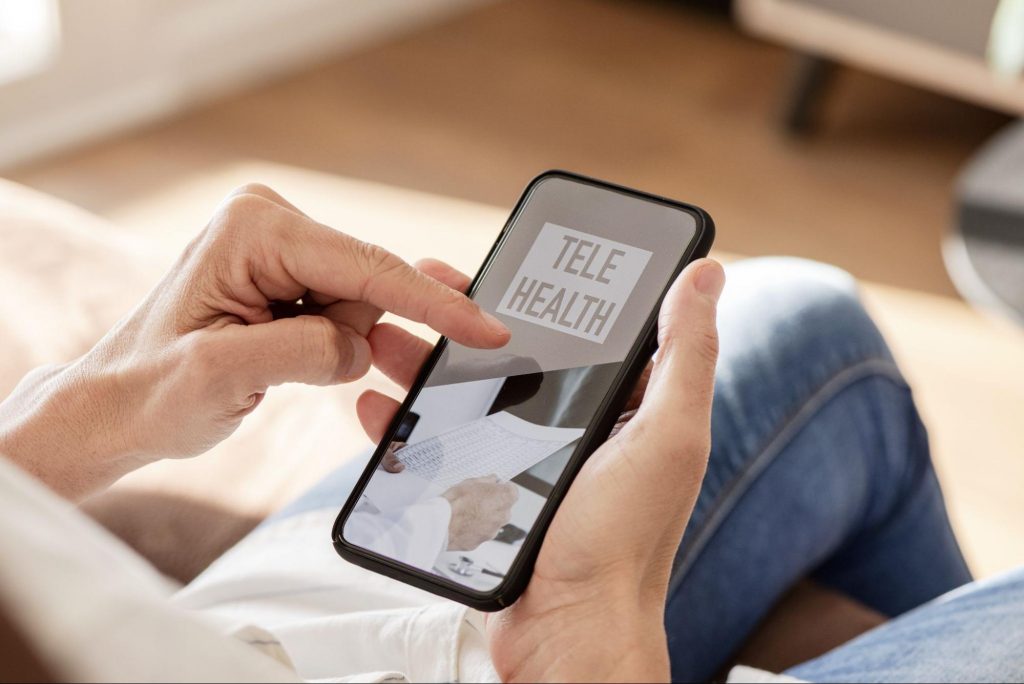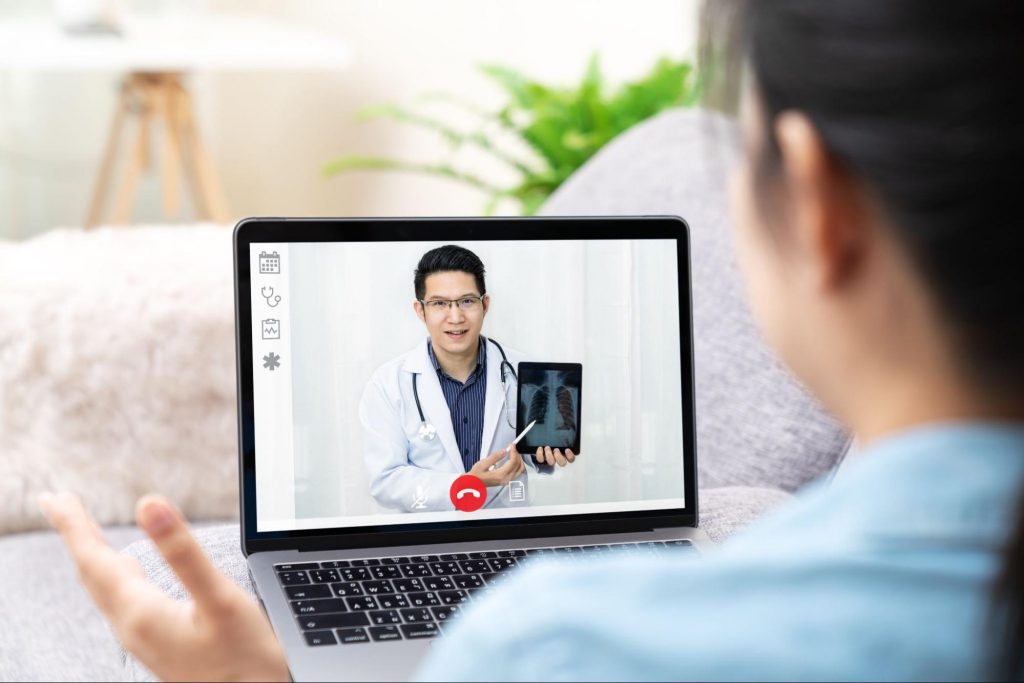The way healthcare is delivered continues to evolve. Traditionally, patients book an appointment with their family doctor or healthcare practitioner and they have an in-person appointment at a medical office or clinic.
New technological developments have changed how we interact with medical professionals. We can now access medical care using our phones, computers, and other technology to get treatment and consultation from our doctors. This is the basis of telehealth. Here, we will define this care option and explain how it is useful for people in many different situations.
What Is Telehealth?
Telehealth is the process of delivering health care using technology. It is designed to take the pressure off the need for in-person care and provide people with mobility issues and those living in remote areas with faster access to care.
Telehealth is defined in the following way by Harvard Medical School:
“Telehealth is defined as the delivery of health care services at a distance through the use of technology. It can include everything from conducting medical visits over the computer to monitoring patients’ vital signs remotely. Its definition is broader than that of telemedicine, which only includes the remote delivery of health care. Telehealth also includes the training and continuing education of medical professionals.”
How Telehealth Is Delivered To Patients
There are three models commonly used to deliver care through telehealth:
- Synchronous: When a doctor, nurse, or healthcare practitioner communicates with a patient in real time. This can be over the phone or via video chat.
- Asynchronous: When images, health data and messages are saved, stored, and shared with a doctor using an online portal or via email.
- Remote monitoring: When patients track conditions and send them to a health care provider to be reviewed. This can also be done in real time using a variety of synced medical devices.
What Are The Advantages Of Telehealth?
Telehealth continues to change how medical care is administered. Here are some of the top advantages of telehealth implementation:
- Convenience: You have around the clock access to medical advice from medical practitioners.
- Screening: Not sure if you need to go to the doctor or the emergency room? Have questions about whether you should seek out medical attention? Calling telehealth can help you know what course of action you need to take. In this sense, it serves as a screening mechanism. If your concern does not require a visit to the doctor, it can save you a trip and help to reduce the number of people seeking out medical attention when it’s not required.
- Reach more people: Telehealth is a vital resource for people who have mobility challenges, cannot get out to the doctors or for those who reside in rural areas.
- Reduce the spread of infectious disease: Doctors can use telehealth to assess and screen candidates for potentially infectious diseases, reducing the potential of it being spread to others in public.
Telehealth is proving to be a very useful resource to support people experiencing all types of medical conditions. It will continue to evolve and be a more embedded part of our health care system.









